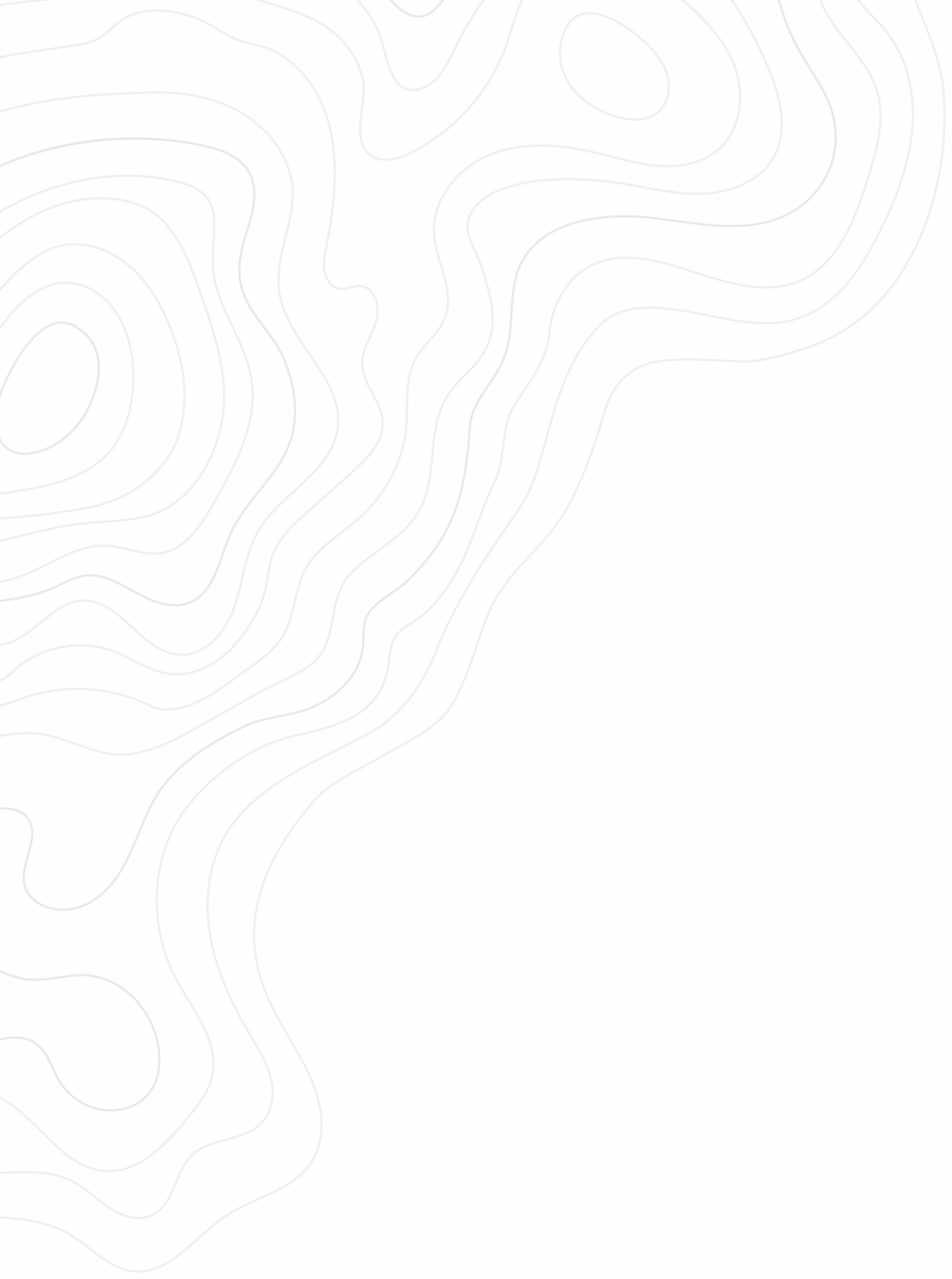From Dan Kigar:
“We pitched the tipi in a meadow of blue bells right next to an artesian spring. We were at 11,500’, a short hike through a stand of spruce to tree line and a view of the Ten Mile Range so clean and clear and close it vibrated with geologic majesty. That summer we made an art form out of hanging out. We hiked the peaks: over Baldy and down into the wild valley below Guyot; down into Bakers Bowl and the old water tower by the rail bed; down into town, stopping in French Gulch where Leroy and Mary lived.”
“Life in the tipi on the mountainside was healthy and happy and brilliant and vibrant as life can be. We set the lodge up with our willow lazy-backs and a little raised area at the back for a bed. We made a low kitchen area with a lodge pole rack for our pots and pans and a chopping block just the right height to kneel at. There are untold benefits of living a simple life in a tipi. No one who’s ever done it would debate the sacred nature of the architecture. We were living at ground level but there was plenty of room for our spirits to soar.”





